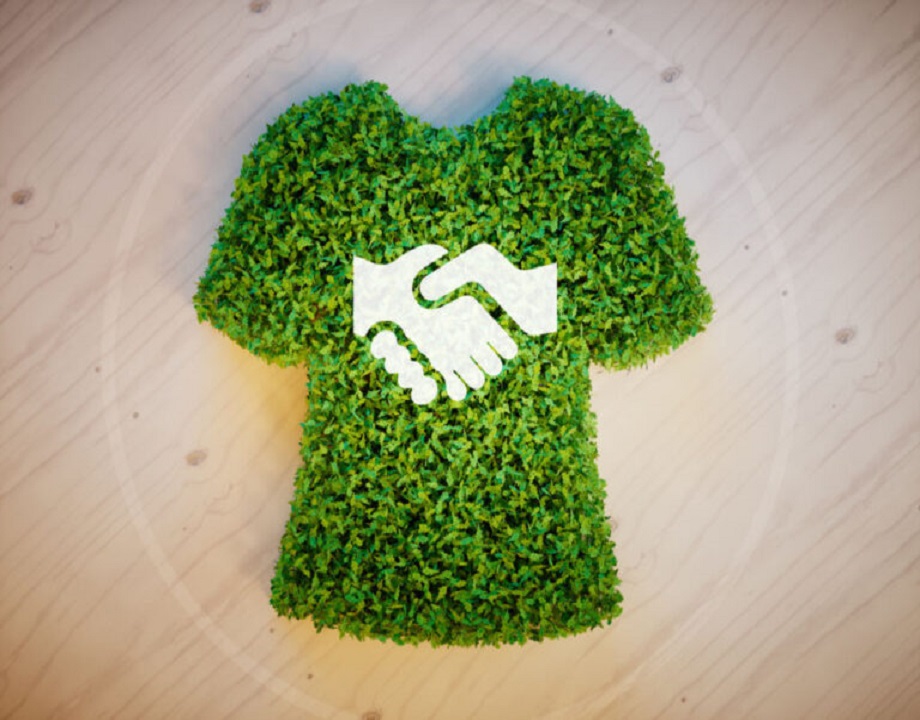Sustainable design and circular economy practices are becoming increasingly important in the fashion industry. The sustainable design aims to reduce the negative impact of fashion production on the environment by using sustainable materials, eco-friendly production processes, and ethical production practices. Circular economy, on the other hand, aims to create a closed-loop system where waste is minimized, and materials are reused and recycled.
Importance of Sustainable Design and Circular Economy in the Fashion Industry
The fashion industry is one of the largest contributors to environmental pollution. It is responsible for a significant amount of greenhouse gas emissions, water pollution, and waste generation. Sustainable design and circular economy practices can help reduce the environmental impact of the fashion industry by creating products that are made from sustainable materials, using eco-friendly production processes, and minimizing waste.
Sustainable Design in Fashion and Textiles
Sustainable Materials
Sustainable materials are an essential component of sustainable design. These materials include organic cotton, recycled polyester, and natural fibers such as bamboo and hemp. Sustainable materials require less water, energy, and chemicals to produce, reducing the negative impact on the environment.
Eco-Friendly Production Processes
Eco-friendly production processes involve reducing the use of harmful chemicals and energy-intensive processes in fashion production. For example, some companies are using natural dyeing processes instead of synthetic dyes, which are made from plants and are biodegradable, making them a more sustainable option. Additionally, some manufacturers are investing in renewable energy sources such as wind or solar power to reduce their carbon footprint.
Ethical Production Practices
Ethical production practices involve ensuring that the people involved in fashion production are treated fairly and paid a living wage. This includes addressing issues such as forced labor, child labor, and unsafe working conditions. By ensuring ethical production practices, companies can contribute to a better world while producing sustainable products.
Circular Economy in Fashion and Textiles
The Concept of Circular Economy
The circular economy is a system where materials are reused and recycled to create a closed-loop system. This means that waste is minimized, and materials are continually reused, reducing the negative impact of fashion production on the environment.
Benefits of Circular Economy in the Fashion Industry
The benefits of the circular economy in the fashion industry are numerous. First, it reduces waste, which means that fewer materials end up in landfills. Additionally, it reduces the need for new materials, which saves resources and reduces the environmental impact of fashion production. Finally, it creates a more sustainable and resilient fashion industry that can adapt to changes in the market.
Examples of Circular Economy in the Fashion Industry
There are many examples of circular economy practices in the fashion industry. One example is upcycling, where waste materials are transformed into something of higher value. For example, some companies are using discarded plastic bottles to create recycled polyester, which can be used to make new clothing. Another example is take-back programs, where companies encourage consumers to return old clothing so that it can be recycled or repurposed.
Conclusion
Sustainable design and circular economy practices are crucial for reducing the negative impact of the fashion industry on the environment. By using sustainable materials, eco-friendly production processes, and ethical production practices, companies can create products that are both environmentally friendly and socially responsible. Additionally, by adopting circular economy practices, the fashion industry can reduce waste, save resources, and create a more sustainable and resilient industry. At Crossline Apparel Group, we are committed to sustainable design and circular economy practices, and we believe that they are essential for the future of the fashion industry.

